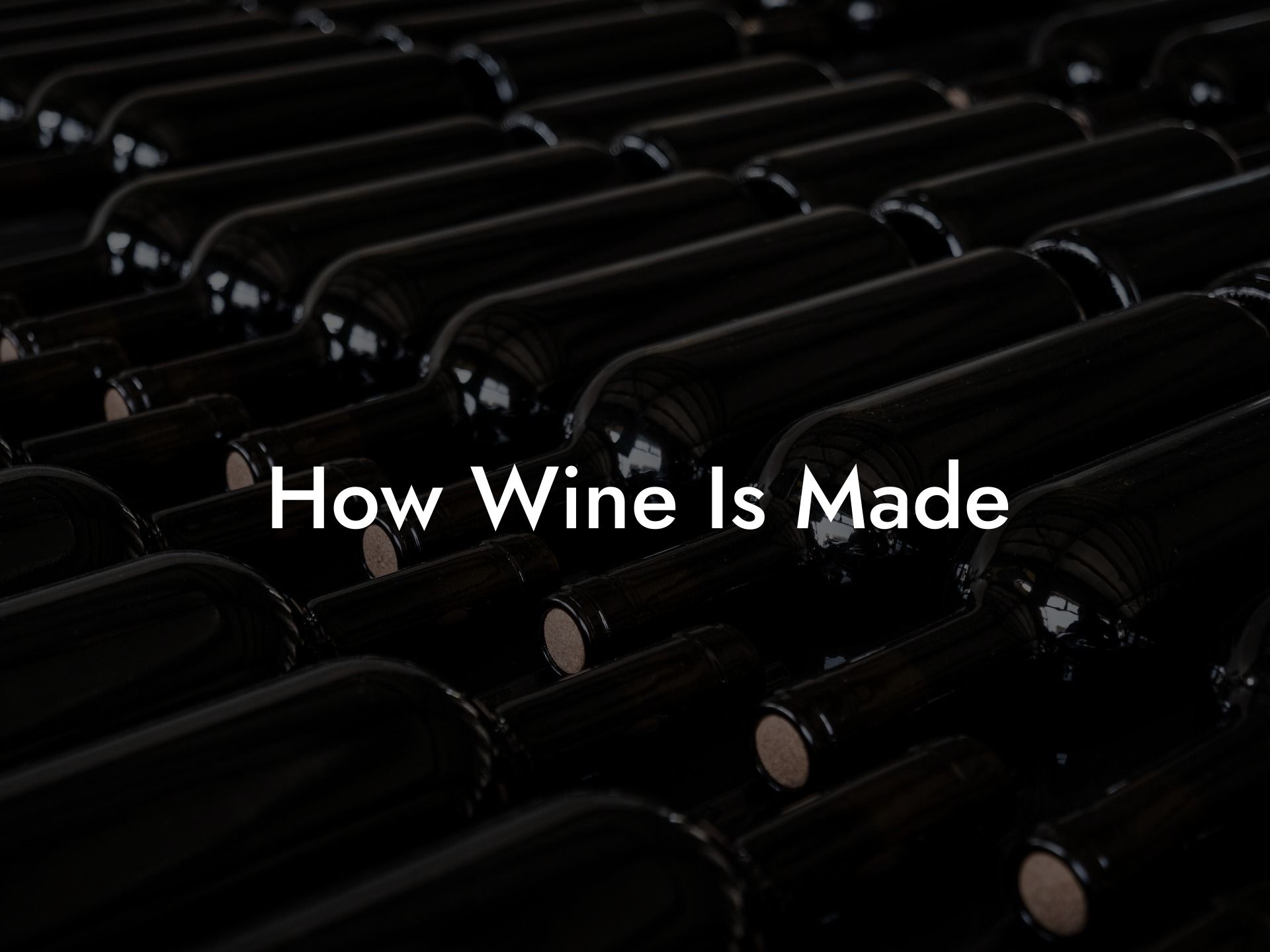Ever wondered how your favorite bottle of wine came to be? The art of winemaking is a fascinating process with roots dating back thousands of years. At Black Wine Club, we're all about sharing the love for wine and the stories behind them! Join us as we dive into the captivating process of wine production, from vine to bottle.
Step 1: Grape Growing
Before wine production can even begin, it starts with nurturing the core ingredient - grapes. High-quality grapes are essential for creating exceptional wine, and it all comes down to factors such as climate, soil, and the choice of grape variety. Vineyard workers meticulously tend to the vines, ensuring that they receive the appropriate care throughout the year.
Grape Harvest
Harvesting typically occurs during the fall when grapes reach their optimal ripeness. The choice of harvest time can greatly impact a wine's characteristics, as sugar and acid levels within the grape change throughout the ripening process. Harvest methods include hand-picking, which allows for better grape selection, or mechanical harvesters, offering higher efficiency and speed.
Do You Want to Win a Free Bottle of Wine?
Don't miss out on the opportunity to win a free bottle of wine every week.
Enter our weekly prize draw today!
Step 2: Crushing and Destemming
Once the grapes have been harvested, they're transported to the winery for the next step - crushing and destemming. Crushing gently breaks the grape skins to release the juice, while the destemming process removes the stems. Together, they prevent unwanted bitterness in the final wine. Modern wineries employ advanced machinery to accomplish this; however, traditional winemakers still use foot-treading methods to crush grapes.
Step 3: Fermentation
Fermentation is where the magic of winemaking truly begins. During this process, yeast converts grape sugar into alcohol, giving the wine its alcoholic content. Winemakers have the choice of using naturally occurring yeast or introducing commercial yeast strains to influence the wine's flavor profile.
Fermentation Duration and Temperature Control
Fermentation time can vary, typically lasting from a few days to a couple of weeks, depending on factors like grape variety and desired alcohol levels. It is essential for winemakers to carefully monitor temperatures during fermentation, as too high or too low temperatures can result in spoilage or off-flavors in the wine.
Step 4: Clarification and Aging
Following fermentation, the clarification process starts by removing any solids that may be present in the wine, such as dead yeast cells or grape particles. This is usually achieved through methods like sedimentation, fining, or filtration.
Aging comes next, where winemakers store the young wine in oak barrels, stainless steel tanks, or even the bottles to allow it to mature. The choice of aging vessel can heavily influence the flavor of the wine, with oak barrels imparting complex, woody notes to the finished product.
Step 5: Bottling and Labeling
Once the wine has reached the desired maturity level, it is carefully bottled and sealed with corks or screw-tops. The final stage of wine production involves labeling, showcasing vital information such as region, grape variety, and vintage - all of which can influence a wine connoisseur's choice in bottle selection.
How Wine Is Made Example:
Imagine visiting a local vineyard during harvest season, where workers meticulously hand-pick the perfectly ripened grapes, destined for a high-quality red wine. Upon arrival at the winery, the grapes undergo crushing and destemming, releasing the rich juice within. The fermentation room fills with a sweet aroma as the transformation from juice to wine takes place. In the aging room, oak barrels line the walls, filled with young wine maturing in perfect conditions. Finally, the matured wine is bottled, labeled, and ready to be enjoyed by wine lovers around the world.
And there you have it - the captivating journey of wine production, from the vineyards right to your glass. Thanks for joining us on this adventure! If you loved learning about the winemaking process, feel free to share this article with your fellow wine enthusiasts. Don't forget to explore more guides and content on our blog, and stay tuned for our upcoming wine tastings and live electronic music events here at Black Wine Club. Cheers!
Do You Want to Win a Free Bottle of Wine?
Don't miss out on the opportunity to win a free bottle of wine every week.
Enter our weekly prize draw today!












